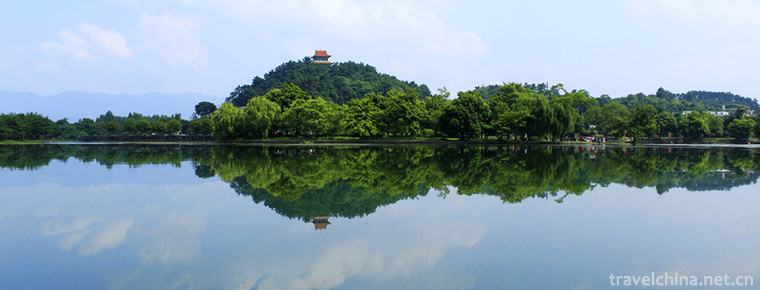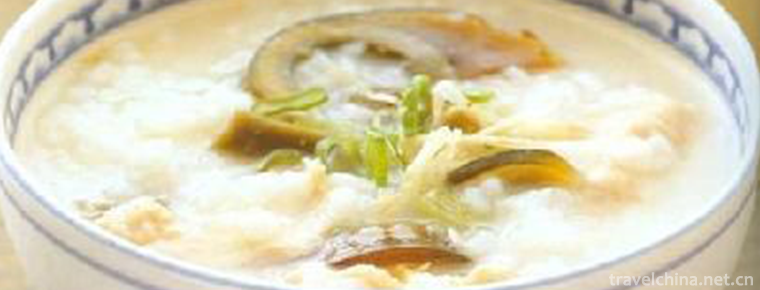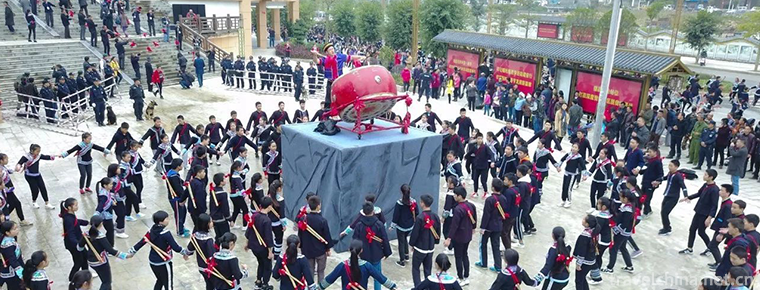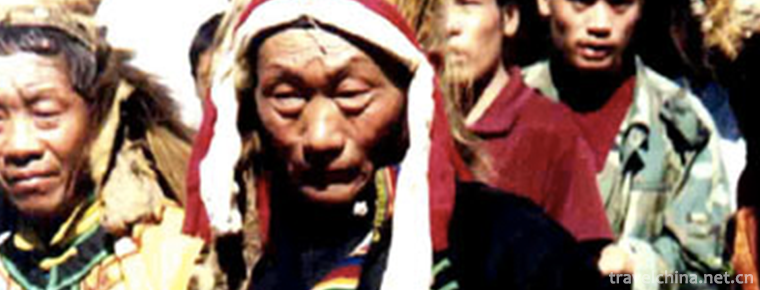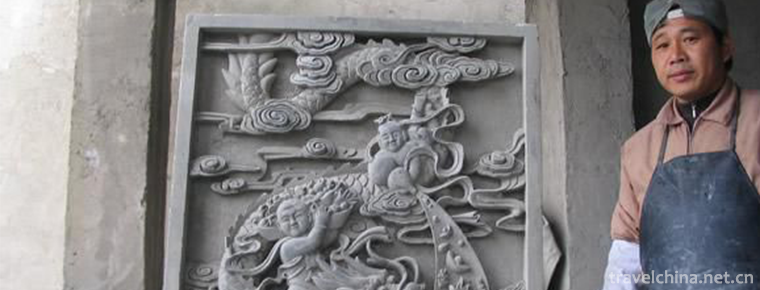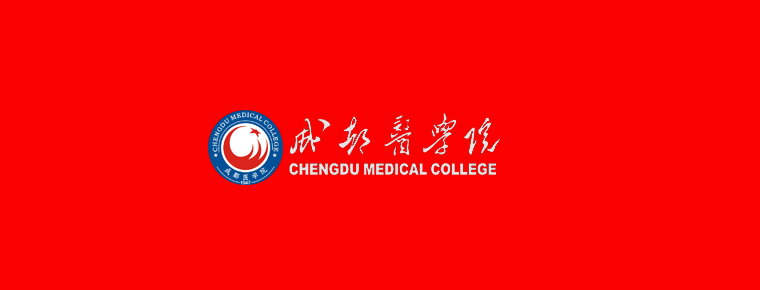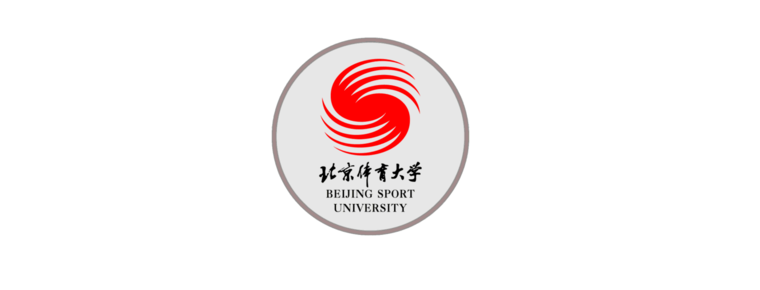The origin of style of Chinese Cheongsam QiPao
The origin of style of Chinese Cheongsam QiPao
The origin of the style of cheongsam has been debated in academic circles
The first one, represented by Zhou Xibao's the history of ancient Chinese costumes, believes that Qipao is directly developed from the robes of banner women in Qing Dynasty. However, some scholars believe that "although the cheongsam of the Republic of China has a similar form to that of the flag women's robe, it no longer has the meaning of the flag women's robe. It would be biased to think that the cheongsam of the Republic of China was developed directly from the robe of the flag women."
The second one, represented by Professor Yuan jieying's Chinese cheongsam and Professor Bao Mingxin's Chinese cheongsam and modern Chinese women's clothing record, holds that cheongsam and qiqipao have a certain inheritance relationship, but at the same time, it thinks that the source of cheongsam should be the narrow tube of linen in the Western Zhou Dynasty or the deep clothes in the pre Qin and Han Dynasties. Professor Cui Rongrong of Jiangnan University also said in his book the complete collection of modern Han folk costumes: "some people doubt that Qipao is Manchu dress I think these views are one-sided and superficial. Han people's robes and gowns have a history of more than 2000 years, but where do Manchu's gowns and gowns come from? I think the answer is easy to get. " Zhang Taiyan, a master of traditional Chinese culture, also believes: "in the past, Zhuge Liang made sleeve armor The clothing of Manchuria is the thread of its sleeve armor. " The origin of Manchu costume can be traced back to Shu Han costume in the Three Kingdoms period.
The third one, represented by Wang Yuqing's textual research on women's gowns of different dynasties, holds that the robes worn by Chinese women date back to the Zhou, Qin, Han, Tang, song and Ming Dynasties, and it is not only in the Qing Dynasty that flag women wear gowns. He believed that the Qipao of the Republic of China had an impact on the Qipao of the Republic of China, but he did not think that the two had a direct inheritance relationship. Therefore, he thought that it was not appropriate to call it "Qi Pao". Therefore, he advocated that the Qipao be renamed "Qipao" and that the "Taipei Qipao Research Association" was renamed "Taipei kaipao Research Association". For many years, people in Taiwan's clothing industry have been calling for the name of kaipao to be corrected. ".
The fourth, represented by Professor Bian Xiangyang's on the origin of the popularity of cheongsam, holds that cheongsam is a westernized variation of Chinese clothing tradition. It combines the characteristics of cheongsam vest and civilized new dress, and combines the compatibility form of western style skirt. It not only has the shadow of western fashion, but also has the characteristics of new fashion and clothing aesthetics with distinctive Chinese characteristics and times symbol, which can be a design model of blending Chinese and Western clothing. He also believes that the origin of the name "Qipao" is a kind of "misnomer", because the groups who advocated cheongsam earlier were new women and students who were deeply influenced by Western learning, pursued gender equality, and opposed feudal ethics. Most of them were Han people. Their ancestors obtained no full style clothing for Han women after bloody struggle in the early Qing Dynasty Therefore, the conditions for the restoration of Cheongsam in the Republic of China were not met.
In the Republic of China, the name "Qipao" eventually became popular, because throughout the Qing Dynasty, Han women's clothing still retained the traditional "upper garment and lower garment" system of Han women. In addition to the dress of aristocratic women, ordinary women generally do not wear robes, while flag women, regardless of the noble women's dress or ordinary women's daily dress, are robes. Therefore, under the influence of nearly 300 years, ordinary people have been used to the historical memory of "women wearing robes = flag women's robes". Therefore, when cheongsam began to appear in the Republic of China, it would give ordinary people an association of "cheongsam". In fact, the leading group of Cheongsam in the Republic of China did not recognize the term "Qipao", but "only called it a long gown, a long dress or a long robe, which was mixed with men's clothing. On February 27, 1926, Shanghai's" Republic of China Daily "had a short article entitled" robe but not flag ", proposing to change its name to" Zhonghua Pao ". Some people suggested that it should be called "Kui Pao". However, when people were wandering around, they finally called back the Qipao. "
Textual research on the appellation of "Qipao" and "Qipao": Although there were clothes in the official documents, letters, official documents and school textbooks of the Republic of China, the appellation of "cheongsam" did not appear, but "women's dress - dress" was often used. Therefore, the appellation of "Qipao" is not an official appellation, but a popular term derived from folk conventions.
The fifth thought that Qipao originated from the jacket and skirt. In January 1940, Liangyou pictorial reported that the short jacket and long skirt evolved into a cheongsam through the evolution of the Qipao vest. Cao Juren and Li Yuyi, scholars of the Republic of China, held the same view.
The sixth is that women wear cheongsam as a result of deliberately imitating men's dress and indulging in equal rights between men and women.

The origin of style of Chinese Cheongsam QiPao
-
Linqu canal
Lingqu, formerly known as the Qin Digging Canal, Zero Canal, Douhe Canal, Xing'an Canal and Xianggui Canal, is a great project created by the working people of ancient China
Views: 343 Time 2019-01-30 -
Qianling Mountain Park
Qianling Mountain Park is a comprehensive tourist park, built in 1957, located in the northwest corner of Guiyang City. It is named Qianling Mountain because of its "first mountain in southern Gu
Views: 193 Time 2019-02-07 -
Eight treasures porridge
Babao porridge is a dish of Manchu and Han Dynasty. It tastes sweet and delicious and enjoys a high reputation.
Views: 252 Time 2019-03-26 -
Buyi Peoples Changing Dance
The Bouyei people, who can sing and dance well, have created colorful Bouyei culture. Buyi people like singing and dancing to express their feelings whether they
Views: 131 Time 2019-04-04 -
Gongs and drums
The Gong and drum books used to be called "Taibaoshu", "Taibao" is derived from the activities of "Taibu" in the countryside of Shanghai suburbs and counties, which seeks
Views: 142 Time 2019-05-15 -
Qiangge war
The Battle of the Qiang is the most famous one among the folk epics of the Qiang people. It describes the history of the ancestors of the Qiang people who had experienced hardships and hardships
Views: 197 Time 2019-06-10 -
Production Techniques of Gold Bricks in Suzhou Royal Kiln
Royal kiln bricks production technology is complex, up to 20 processes, including the main processes of mud selection, mud drilling, billet making, kiln loading, firing, bass water, kiln out, grinding
Views: 183 Time 2019-06-17 -
Chengdu Medical College
Chengdu Medical College is a full-time general medical college organized by the Sichuan Provincial People's Government. It is located in Chengdu, the capital of Sichuan Province. Its history can be tr
Views: 179 Time 2019-08-31 -
Beijing Sport Univerrsity
Beijing Sports University was founded in 1953, formerly known as the Central College of Physical Education, renamed Beijing Sports College in 1956 and Beijing Sports University in 1993. It is a nation
Views: 200 Time 2019-09-06 -
Education in Luzhou
In 2017, the construction area of the completed school buildings in Luzhou city was 842500 square meters; 670 million yuan of tuition free, financial aid, and nutrition lunch program was arranged to subsidize students with financial difficulties from families, and 79747 students with financial
Views: 372 Time 2020-12-14 -
Honor of Neijiang City
On June 9, 2020, it was awarded the advanced municipal Party committee and government of Sichuan Province in promoting the development of service industry.
Views: 320 Time 2020-12-16 -
Leshan science and technology
By the end of 2018, Leshan had 12 provincial engineering technology research centers and 33 municipal engineering technology research centers. There are 83 high-tech enterprises and 353 Municipal Science and technology enterprises. There are
Views: 193 Time 2020-12-17
